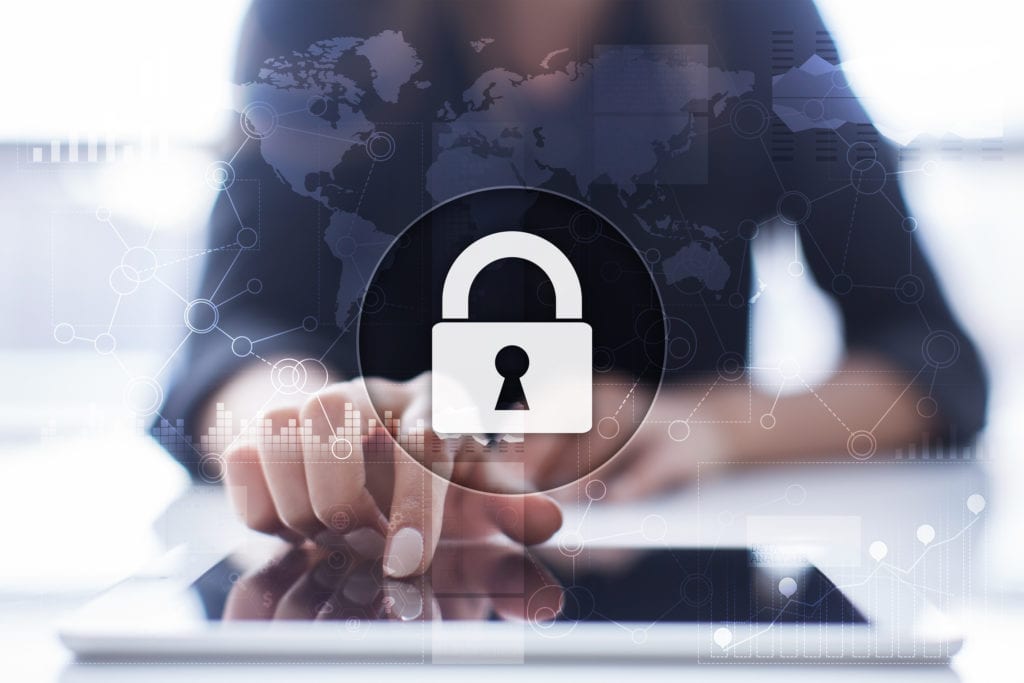5 Best Practices for Work-From-Home Employees

The stay-at-home restrictions of the coronavirus pandemic have dramatically changed the way that many businesses operate.
Silicon Valley area businesses were some of the first in the country to send employees home to work remotely, many going through a “trial by fire” when it came to the way that impacted their operations.
While some U.S. employers may end up going back to the way things were with on-premises staff after this is all over, it’s predicted that many businesses will continue to adopt a remote workforce, either full or part-time.
Before the pandemic, approximately 52% of workers worked from home at least once a week.
The recent shift to a more mobile workforce is driven in large part by the introduction and continued evolution of cloud services.
But, even with the benefits of higher productivity and lower costs that come with deploying a remote workforce, there are still several things to consider to ensure it’s done right.
How to Ensure Remote Workers are Secure & Productive
Data security is one of the major concerns when it comes to moving from a one office business to one that’s spread throughout several employee homes.
How do you ensure that connections are secure and that data is being stored, handled, and backed up properly?
A second major part of the equation is facilitating communication. When people are separated physically, businesses need to be strategic about how they recreate those person-to-person and person-to-team interactions.
Here are several best practices to help ensure work-at-home employees can stay productive and secure while working remotely.
Use a Business VPN to Connect
How can you secure every employee WiFi router to keep business data being transmitted through home network safe?
While it’s not generally feasible for most businesses to upgrade every employee’s home network, you can take a much more affordable route, which is to have employees use a business virtual private network (VPN).
A VPN comes in the form of an application that employees download on any device they use to connect to the internet and access business data. Once turned on, the VPN then redirects their connection through its own secure severs. All data traffic is encrypted and the employee’s home IP address is also made anonymous.
Using a VPN is also smart while traveling because it can secure data even if the person is using an unsecure public WiFi hotspot.
Consolidate Communications in One Platform
When employees are working remotely, communication trails can easily get disjointed and lost. A person might use their personal cell phone to text a question to a vendor. Another follows up with the vendor via email. When the vendor calls in with an answer, yet someone else might be answering that call from a VoIP phone.
Consolidating communications in a platform like Microsoft Teams is essential if you want to keep all your information trails in one place. This allows them to be easily accessible and searchable by anyone that needs access.
Teams can be used for:
- Chat messaging
- Video calls
- Audio calls
- Full VoIP phone system
- Storing emails by subject
Protect Devices with Proper Security (Patches, Antivirus, etc.)
When employees work from home, they may be using a company computer or using their own personal device. Whichever is the case, the device should be protected from data breaches and malware infections.
This means things like:
- Update & patch management
- Antivirus/Anti-malware application
- Phishing/Ransomware protection
The easiest way to do this is through a unified system such as a device manager (like Microsoft Intune) or through a managed IT service plan that monitors devices for any threats. The bonus benefit of an IT service plan is that it comes with time-saving technical support for workers and someone you can go to for any technology questions.
Device and Cloud Data Backup
When employees are spread out in different locations, your business data can be too. Even if you use cloud platforms for data storage, there inevitably will be times when files are stored on a hard drive (e.g. in the event of an internet outage).
You need to have an integrated backup solution that incorporates all company data no matter where it resides. This includes backup of:
- Cloud platforms (like Microsoft 365 or Dropbox)
- Employee devices/folders containing business data
- Employee mobile devices if used for business data access
- On-premises servers or other workstations
Training & Documentation
Just as you have a cybersecurity policy for your office, you also need one that is specific to remote employees working from home.
Now that someone is working from home, they may not know what to do if they see a suspected phishing email or how to handle a customer credit card number given to them over the phone.
Lay out clear policies for remote workers in a policy manual or handbook. Additionally, make sure you take the time to properly train staff on things like remote cybersecurity, data handling, and how work devices are to be protected while at home.
Power Your Remote Workforce with Reliable IT Support
Allowing employees to work from home can be a win-win for both employers and employees… if it’s done right. GEEK911 can help you put the systems in place to power your remote workforce effectively.
Contact us today to schedule a consultation! Call 1-866-433-5411 or reach us online.
